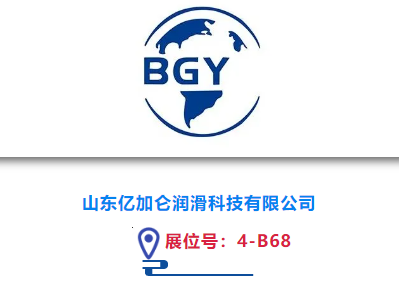Expansion of the cold chain in developing countries could reduce greenhouse gas emissions by 180-550 million tons of CO2e/yr between now and 2050, says a new report.
The study released on December 4, 2015 by the Global Food Cold Chain Council (GFCCC) highlights the importance of refrigeration technology in reducing greenhouse gas emissions associated with current food waste due to the lack of, or inefficiencies in cold chains.
GFCCC executive director Kevin Fay said, “It is important that we remain focused on all aspects of potential for greenhouse gas emissions reduction, especially those associated with food waste. Technology offers substantial savings today and in the future as new innovations evolve.”
In 2013, the United Nations Food & Agriculture Organisation (FAO) concluded that if food waste were a country, it would be the third highest emitter of greenhouse gases in the world, second only to China and United States.
The GFCCC was organised under another initiative of the United Nations, the Climate and Clean Air Coalition (CCAC), to address the potential for reducing the contribution of hydrofluorocarbons (HFCs) as a component of HFC climate policy. GFCCC Executive Director Fay emphasises that there are significant opportunities for reducing greenhouse gas emissions from this sector by expanding the cold chain, particularly in developing countries, improving the energy efficiency of the equipment being utilised, and transitioning the equipment from relying on high-global warming potential HFCs, to low-global warming potential (GWP) compounds and technologies, including HFOs, carbon dioxide, hydrocarbons and ammonia. The study conducted by Deloitte was tasked with identifying net benefits and impacts that took in to account energy consumption and HFC emissions as a result of cold chain expansion.
The GFCCC is supporting the proposed amendment to the Montreal Protocol treaty to facilitate the transition away from high-GWP HFC technology. In addition, it is encouraging policymakers to improve capacity building for developing countries to understand the benefits of cold chain expansion in reducing food waste and thereby significantly enhancing the environmental benefits.
The food cold chain currently consumes about 20% of global HFC usage currently, and energy consumption by the technology is an important factor in its overall GHG contribution.
“Effective policy approaches that capture the food waste reduction, improve energy efficiency, and transition away from high-GWP HFCs provide an overwhelmingly cost-effective GHG reduction initiative,” said Fay, “that also helps reduce hunger and improve more effective utilisation of precious water supplies.”
The study was performed by Bio Intelligence Service, the same firm that performed the original groundbreaking work for the FAO in 2013. GFCCC is now encouraging follow-on work in conjunction with the CCAC, and key government bodies, to expand on the analysis and to help identify policy proposals that help achieve these objectives, particularly in developing countries. The Council will also work to expand participation among industry worldwide and throughout the cold chain, which includes transport, food processing, storage, and retail components.






















